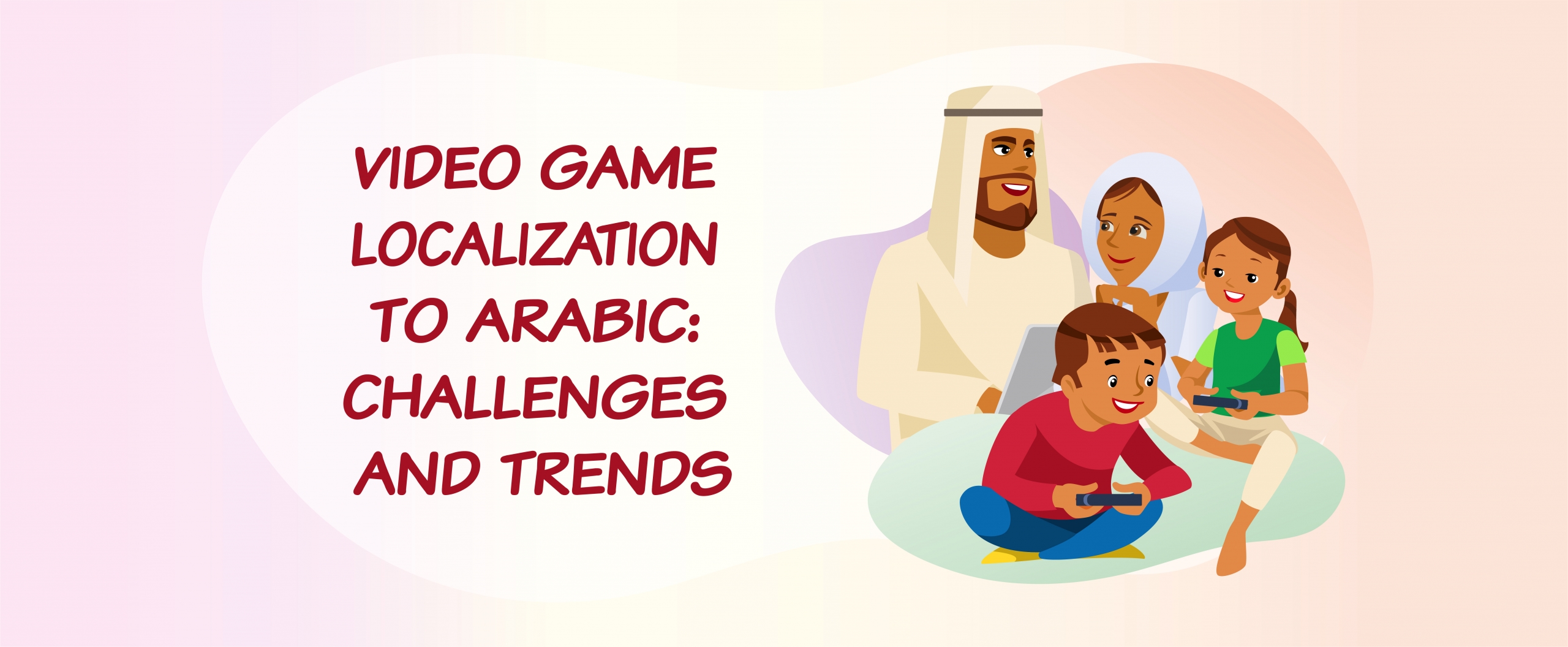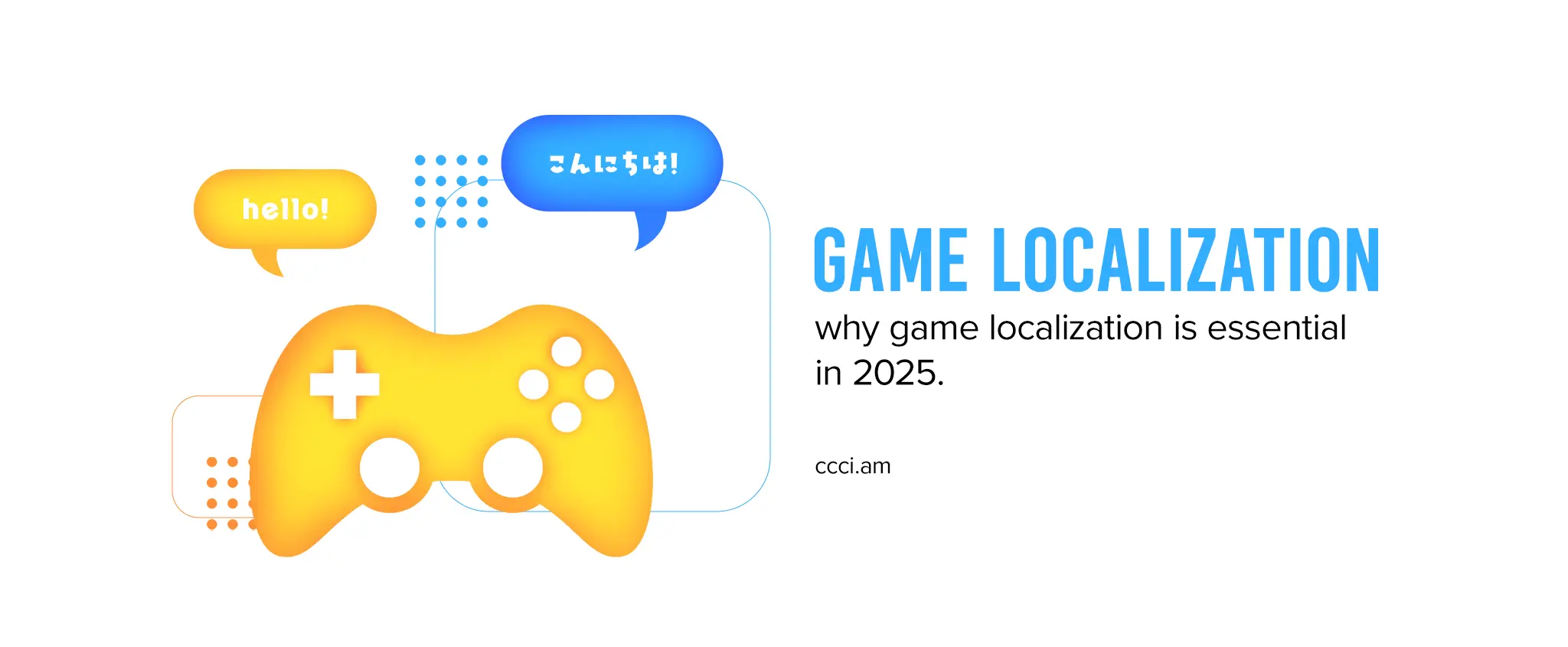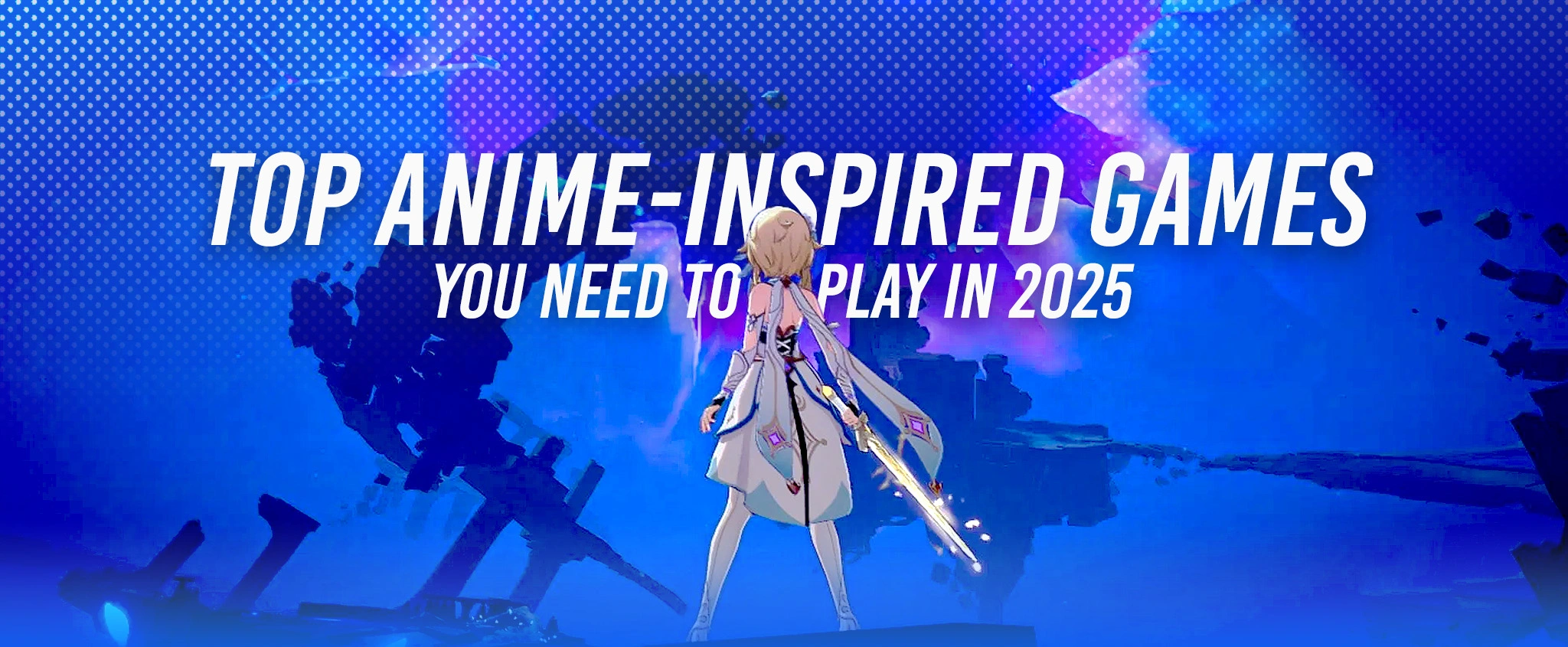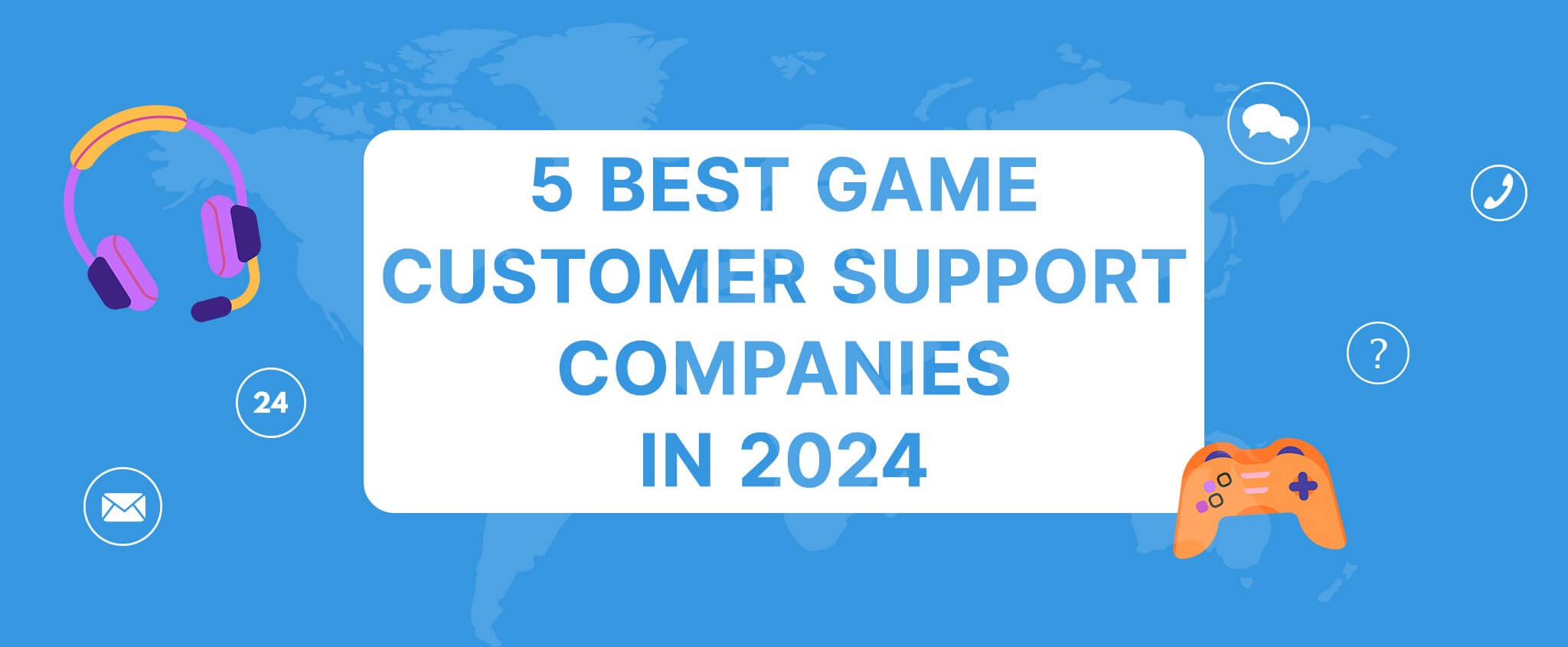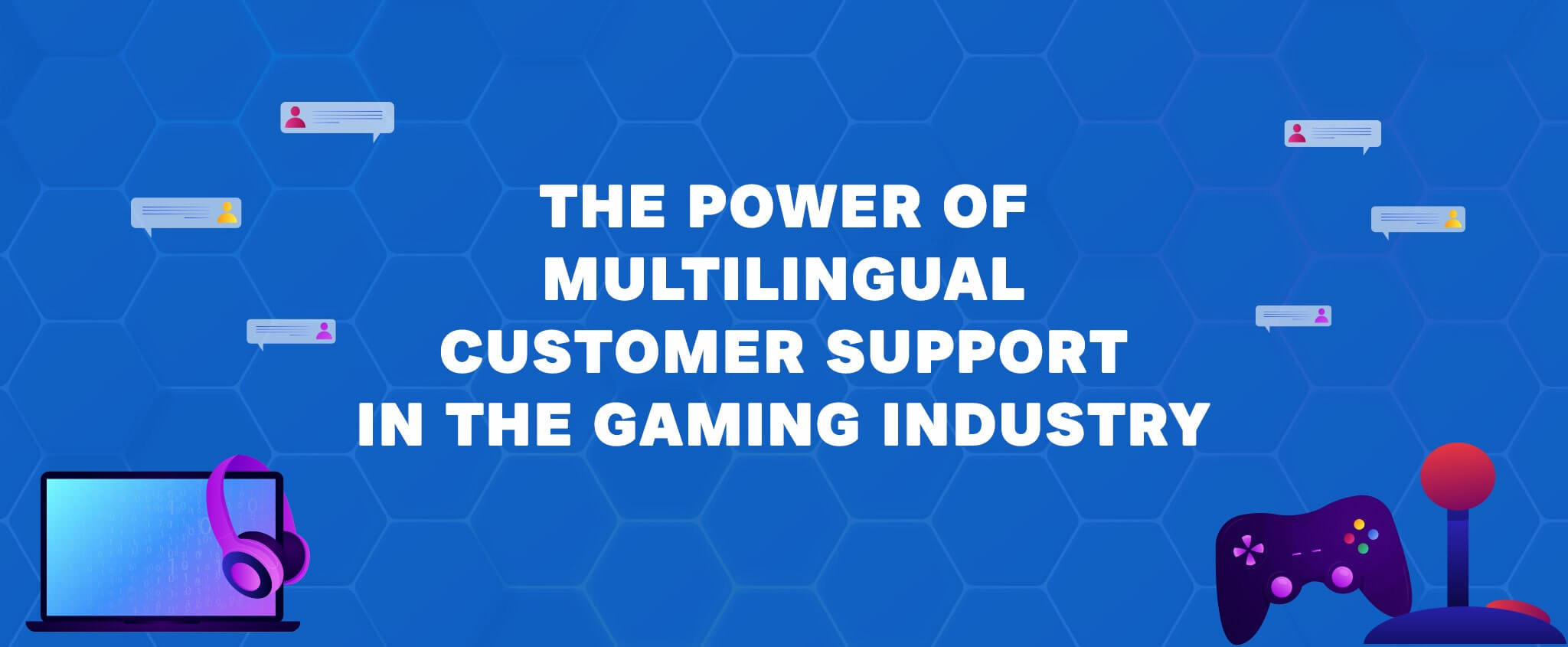Video Game Localization to Arabic: Challenges and Trends
The Middle East is one of the most critical regions globally for business, especially in the gaming industry, a growing and demanding market for new games whether available on computers, consoles, or mobile phones.
In 2018, the video game localization to the Arabic industry was valued at $148.8 billion, while the middle east industry accounted for $4.8 billion, representing 3% of the entire industry.
Tom Wigman, the Senior Market Analyst for Newzoo at the Dubai ON DXB event said the Middle East is an up-and-coming market and one of the fastest-growing markets in the gaming industry worldwide.
Arabic video game localization
Video game localization to the Arabic language will not prosper in the Middle East gaming industry unless you arrange your game correctly with a professional company familiar with all the Middle East’s cultural standards and aspects, which can also advise and suggest valuable alternatives on how your game adapts to the target market.
Video game localization is how you prepare and adapt the video game to a new target area or country. The goal of localization is to create a fun and immersive experience for the end-user or player by preserving cultural context without spoiling the original game materials.
The game’s localization is different from that of any other media product, mainly because it is an “interactive” piece of art that you need to listen to, watch and interact with at the same time. All these aspects need to be consistent because if you miss one part, the atmosphere in which the player was immersed will collapse.
Games should be localized rather than translated because video game localization takes care of cultural aspects and language details. CCC International translation team manages game customer support services, including English to Arabic video game translation and localization that will satisfy players both locally and across Europe, Asia, and the US to provide the best gaming experience and make sure the game speaks directly to the player.
Among many activities, the translation may be the easiest part of a game localization project into Arabic. This could be due to the unique nature of the Arabic language that is reflected in most localization activities. For example, it is unambiguous in source identification, preparation, or classification of all game details. The harmony of combining and adapting cultural preference with the text structure, layout and form in Arabic easily achieved by highly experienced translators.
The following lists some of the common challenges and trends of video game localization in the Arabic context.
Identify the source
You have to use languages from native Arabic speakers who are highly qualified in the source language, and hiring a specialist (a player in this case) is a great idea.
Prepare and learn about all the details of the game
Just because the translation team gets pre-prepared translation files and immediately starts translating the written text of the game can have an adverse effect. It may be necessary to give the team time to play, as it’s essential to experience the game themselves and become fully aware of what’s going on. It should be kept in mind to follow a consistent translation schedule unless the linguists will just play the game!
Translation and cultural harmonization
One of the numerous challenges is when translators produce a translation that looks as if it were originally written in Arabic, where terms should be “localized” and not just translated word by word. While context is important, it is better to spend more time before starting a translation to recognize the peculiarities and nuisances rather than spend much time correcting already recorded content.
Whenever there are enough context-related details of every aspect from the game developer, such as the personality of the speaker, the character of the listener, the way they talk, and the timing of the conversation, it becomes easy for the translator to find the correct approach to localization.
Cultural alignment
Another trend is called Cultural alignment, or what we call direction, which is another thing we should consider when localizing a video game. The team must spend some time delving deeper into the game’s text and multimedia content and making sure it’s genuinely adapted to the culture transmitted to it. Constantly referring with the game developer or customer to produce the suitable outcome required to align the target content, ranging from straightforward adaptations such as replacing words or sentences and terminology that are suitable for the Arab user, to more complex ones, such as the involvement of characters that do not fit the game entirely from the cultural perspective of the Arab user.
Preparing the text
The critical step here in the text processing phase is to form or place the correct punctuation, which is necessary for Arabic so that the voice actor can deliver the text correctly, bearing in mind that Arabic contains many vocabularies that are similar in pronunciation but used in a completely different sense, which is why the proper composition saves much time and ensures high-quality audio commentary.
Voice over
Voice commentary has its challenges. First of all, translators should pay more attention to the length of lines in the Arabic text than in the source language. some parts of the text fit the length of time they will appear, while others do not allow it, such as “movie or cutscenes” during the voiceover is performed. The team needs to reduce or expand the size of the translated text, which may require a linguistic expert in the recording studio, for example.: Say (Hi!) in English will not take more than one second, while when it is said in Arabic (Marhaba), which takes three times its time in English! The voiceover team must be creative enough to deal with such challenges, as well as work quickly.
Although all these challenges are taken into account during the project stages, it is natural to find ourselves during the final quality assurance process in need of a review of a few lines. You may notice that the tone of a vocal commentator is inconsistent with a particular character, or a slightly different tone may have to be used for a specific line, and you may realize that one of the lines does not fit the context of the situation (although linguistically correct).
Taking these challenges into account, the game localization team must make the Arab user feel that the game was ultimately and explicitly designed for them.
CCCI – a professional game localization and translation agency
Choose only the best for your game localization project. At CCCI, as a professional game localization and translation agency, we will help you convey the necessary information to the players and optimize the gamer user experience in no time.
Each member of our game localization team is passionate about getting the best possible result for every game project with a modernized approach.
Our game localization process has three main stages. Firstly, we check all information provided by our client, such as artworks, videos, details on characters and scenery, a summary of the plot, descriptive texts, etc. Secondly, after checking the project files, we start the game translation and localization process. Thirdly, our native proofreaders and quality checkers ensure that the project is subjected to detailed quality control.
Check also – Expand Your Mobile Game Into MENA, Video Games for Christmas, and Top Game Development Companies in UAE.

